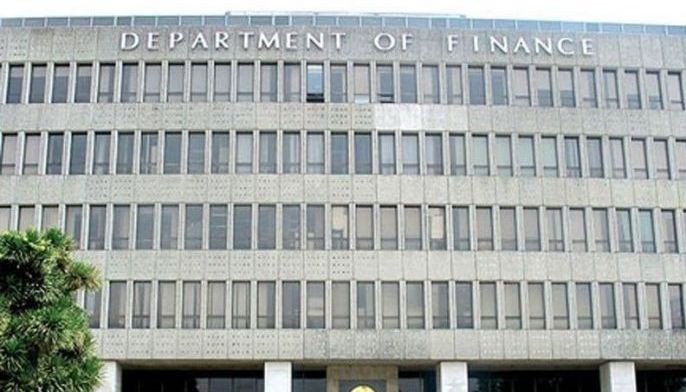MANILA, Philippines — Recent improvements in merchandise trade and manufacturing conditions indicate the first signs of economic recovery although it remains in a precarious position, according to the Department of Finance (DOF).
Data from the Philippine Statistics Authority (PSA) showed merchandise trade regained lost ground, even if only marginally in February after imports, which are crucial to production, ended 21 months of decline.
Total merchandise trade in February amounted to nearly $13 billion, up by 0.6 percent from $12.8 billion in the same month last year.
The recovery trend in trade was also reflected in the improvement in manufacturing indicators.
From January to March, the manufacturing Purchasing Managers’ Indexes (PMIs) stayed above 50, indicating expansion of manufacturing activities.
“The rebound in merchandise trade and indicators of expansion in manufacturing activities signify that the green shoots of economic recovery are growing, albeit precariously given downside risks posed by COVID-19 and the uncertainties of its variants,” said Finance Undersecretary and chief economist Gil Beltran in an economic bulletin issued over the weekend.
He said the further imposition of strict measures to contain the spread of COVID-19 risks derailing recovery.
For instance, the NCR Plus bubble will remain under modified enhanced community quarantine (MECQ) until April 30 as the number of confirmed COVID-19 cases remained elevated.
Before that, these areas endured the reimposition of the strictest community quarantine level from April 5 to 11.
The bubble comprises the NCR as well as growth areas of Bulacan, Cavite, Laguna and Rizal.
“The spread of the virus has to be contained and its risks managed, through pharmaceutical and non-pharmaceutical interventions alike. Otherwise, draconian measures will be implemented again and the incipient recovery be, so to speak, nipped in the bud,” said Beltran.
PMIs by the Bangko Sentral ng Pilipinas, Philippine Institute for Supply Management (PISM) showed manufacturing conditions staying within the expansion territory at readings of 52.7 in January, 50.3 in February, and 53.2 in March.
PMI readings of IHS Markit likewise stayed above 50 at 52.5 in January, 52.5 in February, and 52.2 in March.
The headline PMI provides a quick overview of the health of the manufacturing sector based on five indicators: new orders, output, job creation, supplier delivery times and inventories. A reading of below 50 indicates contraction or deteriorating conditions.


